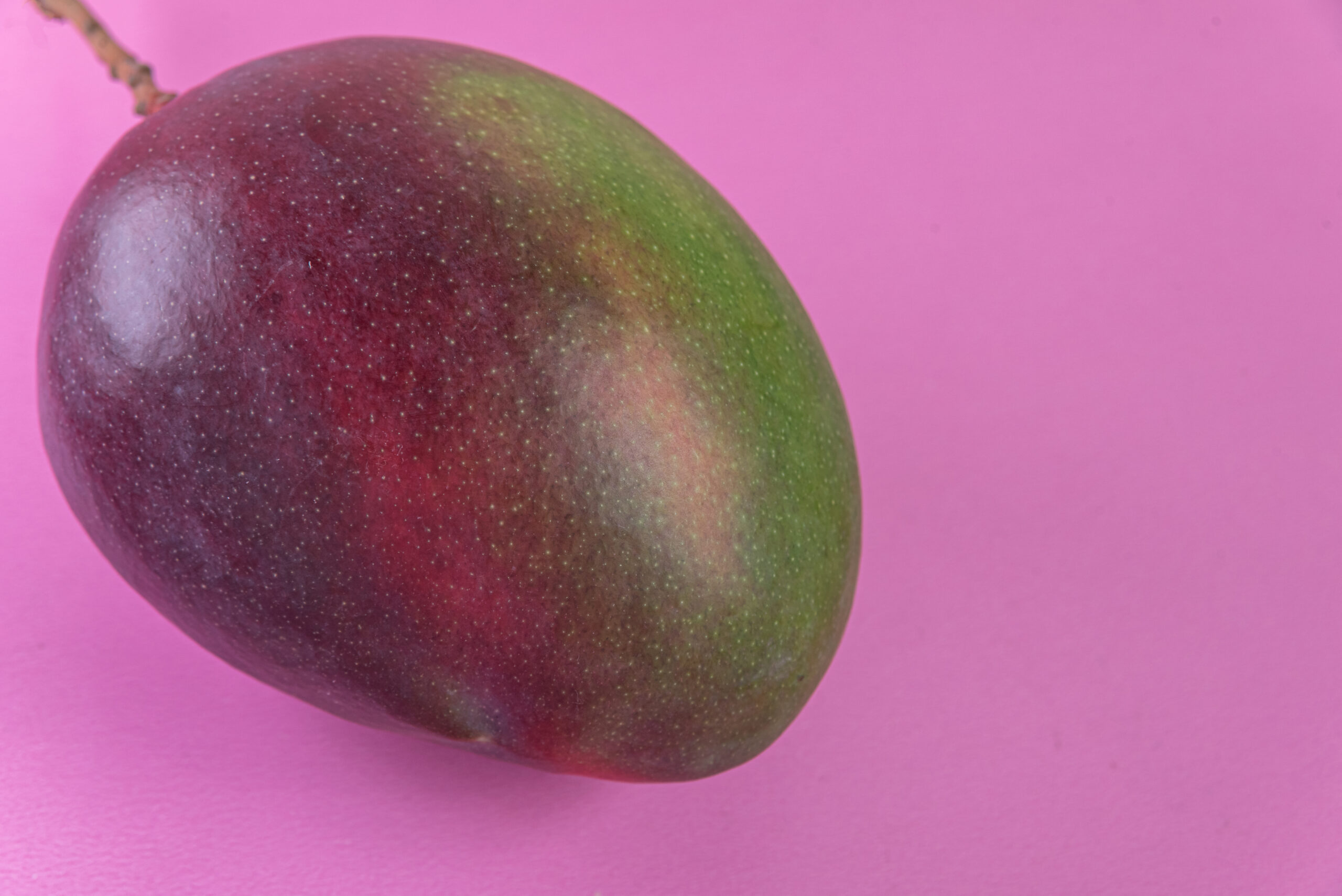If you love sweet, aromatic, and vibrant tropical fruits, the Valencia Pride mango should be on your radar. Known for its large size, fiberless flesh, and exceptional flavor, this mango variety has become a favorite among home gardeners and tropical fruit enthusiasts alike. Whether you’re in sunny South Florida, California, or any warm region, this grow guide will walk you through everything you need to know about cultivating your own Valencia Pride mango tree—from planting and care to harvest and beyond.
What Makes Valencia Pride Mango Unique
Origin and History
The Valencia Pride mango originated in Florida in 1941 and has since earned a reputation for its vigorous growth, outstanding fruit quality, and beautiful presentation. It’s one of the many hybrids developed to thrive in the Sunshine State’s subtropical climate.
Flavor and Appearance
Valencia Pride mangos are known for their oblong shape, smooth yellow-red skin, and juicy, fiberless flesh. The flavor is sweet with subtle floral notes, making it one of the most sought-after varieties by mango aficionados.
Tree Characteristics
This is a fast-growing, upright tree that can reach over 30 feet if left unpruned. Its lush canopy and heavy fruit production make it an excellent addition to tropical and subtropical gardens.
Ideal Growing Regions
Best grown in USDA zones 9 through 11, Valencia Pride thrives in warm, frost-free areas with plenty of sunlight. It does exceptionally well in Florida, Southern Texas, and parts of California.
Choosing the Right Location
Climate Considerations
This mango tree loves heat and sunlight. Ensure your region doesn’t experience hard frosts, as that could severely damage the plant.
Sunlight Requirements
Full sun is non-negotiable. The Valencia Pride mango tree needs at least 6–8 hours of direct sunlight per day for optimal growth and fruiting.
Soil Type and Drainage
Well-draining sandy or loamy soil is ideal. Avoid clay-heavy soils or areas with poor drainage. If your native soil isn’t ideal, consider raised beds or soil amendments to improve aeration.
Space to Grow
Given its potential size, plant the tree at least 15–20 feet away from buildings, other trees, or power lines. This gives the canopy room to expand and ensures proper airflow.
Planting Your Valencia Pride Mango Tree
When to Plant
The best time to plant a Valencia Pride mango tree is in late spring or early summer when temperatures are warm and the chance of frost is minimal.
Choosing a Healthy Tree
Buy a grafted Valencia Pride mango sapling from a reputable nursery. Grafted trees bear fruit earlier and are genetically identical to the parent variety.
Step-by-Step Planting Guide
- Dig the hole: Make it twice as wide and just as deep as the root ball.
- Prepare the soil: Mix compost and sand into the soil for improved drainage.
- Plant the tree: Gently place the sapling in the hole and backfill with soil.
- Water well: Saturate the soil to remove air pockets and help roots settle.
- Mulch: Add a 2–3 inch mulch layer around the base, avoiding direct contact with the trunk.
In-Ground vs. Container
While Valencia Pride trees prefer being in the ground, dwarf varieties or heavy pruning can make container growth possible in colder zones with indoor overwintering.
Watering and Feeding Schedule
Watering Guidelines
- Young trees: Water 2–3 times per week during the first year.
- Mature trees: Water deeply every 7–10 days during dry periods.
Avoid overwatering, which can cause root rot. Let the topsoil dry out between watering sessions.
Fertilization
Use a slow-release tropical fruit fertilizer high in potassium and low in nitrogen. Apply:
- 3 times/year: Spring, early summer, and late summer
- Include magnesium and iron for leaf and fruit health
Organic Feeding Options
Compost tea, fish emulsion, and seaweed extract are great natural fertilizers that support healthy microbial activity and overall tree vitality.
Pruning and Shaping Your Tree
Why Prune?
Pruning helps manage tree height, increases airflow, and improves sunlight penetration—critical for fruit quality and disease prevention.
Best Time to Prune
Late winter or immediately after harvest is ideal. Avoid pruning during active flowering or fruiting stages.
How to Shape
- Remove vertical shoots to encourage horizontal growth
- Cut crossing or inward-growing branches
- Aim for an open-center shape to promote airflow
Essential Tools
Use sharp, clean pruners or loppers. Sterilize tools between cuts to prevent disease spread.
Pest and Disease Management
Common Pests
- Mango scale
- Fruit flies
- Mealybugs
- Aphids
Introduce beneficial insects like ladybugs or use neem oil and insecticidal soap as natural remedies.
Common Diseases
- Anthracnose: Causes black spots on leaves and fruit
- Powdery mildew: White fungal coating on leaves
Treatment and Prevention
- Prune regularly to improve airflow
- Spray copper-based fungicide during flowering if needed
- Remove fallen fruit and leaves to limit fungal spores
Flowering and Fruit Production
When to Expect Flowers
Depending on your region, flowering typically occurs between March and May.
Encouraging Fruit Set
- Provide consistent nutrition leading up to flowering
- Maintain moderate watering
- Avoid pruning during this stage
Pollination Notes
Valencia Pride is self-fertile, but improved pollination and yield can result from nearby mango trees.
Fruit Yield
A mature tree can produce 100–200 fruits per season under ideal conditions.
Harvesting Valencia Pride Mangos
Signs of Ripeness
- Full, round shape with bright yellow and red blush
- Subtle fruit aroma near the stem
- Slight softness to the touch
Harvesting Tips
- Use pruning shears to cut the stem 1 inch above the fruit
- Avoid pulling or twisting to prevent damage to both fruit and tree
Post-Harvest Storage
- Let ripen at room temperature if harvested early
- Once ripe, store in the fridge for up to a week
- Use in smoothies, salsas, salads, or enjoy fresh
Troubleshooting Common Issues
Yellowing Leaves
May indicate nutrient deficiency or poor drainage. Test soil and adjust as needed.
Fruit Drop
Often caused by irregular watering or lack of pollination. Ensure consistent care.
No Flowers or Fruit
Young trees (under 3 years) may not bear fruit. Be patient and optimize sunlight, feeding, and pruning routines.
Slow Growth
Could be due to poor soil or pests. Inspect roots and surrounding soil.
Growing Tips for Maximum Success
Mulching Matters
Apply organic mulch like wood chips or straw to retain moisture, suppress weeds, and enrich the soil.
Companion Planting
Grow basil, marigolds, or nasturtiums nearby to repel pests and attract beneficial insects.
Cold Protection
If a frost is expected, cover the tree with a frost blanket or move containers indoors.
Year-Round Checklist
- Spring: Fertilize, monitor pests, prune after flowering
- Summer: Water deeply, watch for fruit ripeness
- Fall: Light pruning, soil testing
- Winter: Protect from cold, prune if needed
Conclusion
Growing a Valencia Pride mango tree is a truly rewarding experience—from the thrill of its first blooms to the juicy, sun-ripened fruits you can proudly harvest. With the right care, location, and attention to detail, even beginner gardeners can enjoy this tropical treasure in their own backyard. So roll up your sleeves, grab a shovel, and get ready to grow your very own Valencia Pride mango—a gift that keeps giving year after year.



